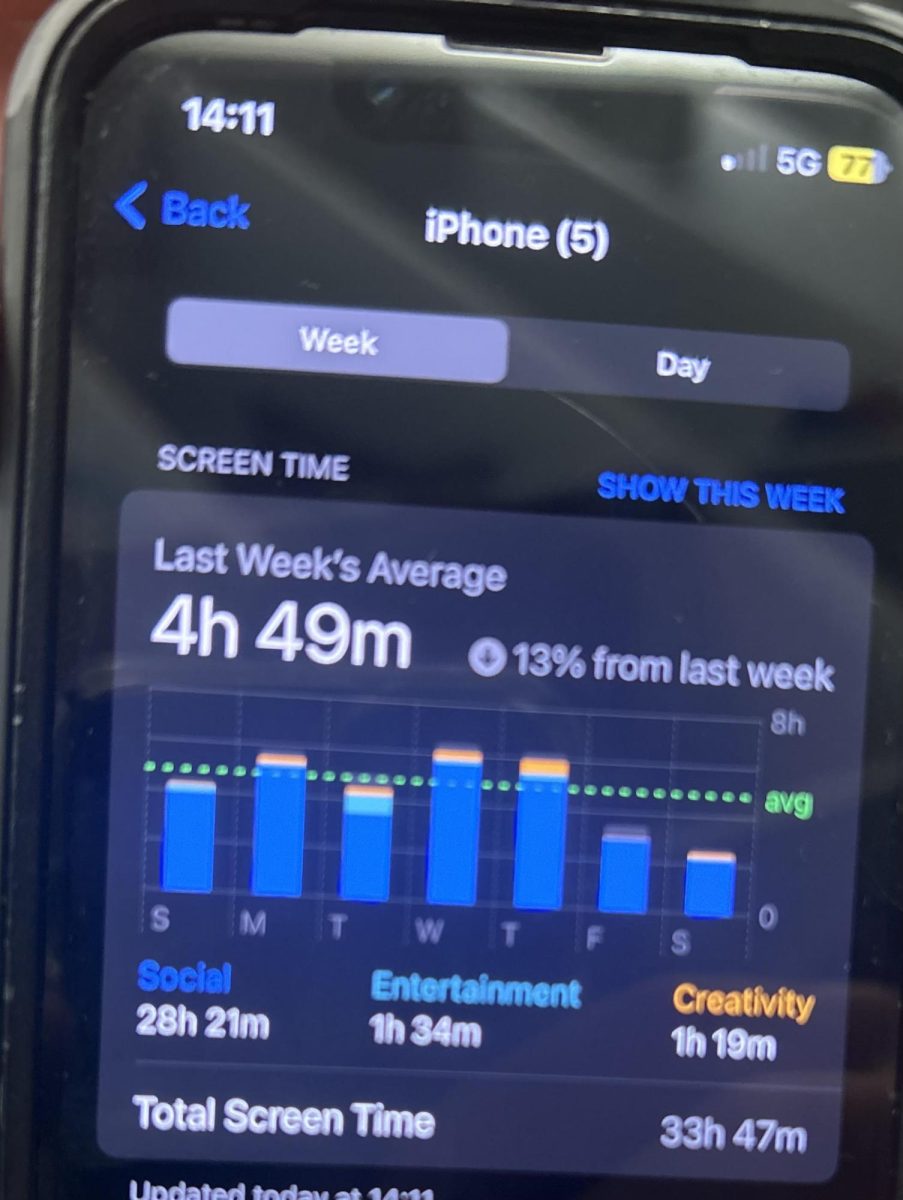Downtown BHS opened in April of 2021. What didn’t open was its windows. That’s because it doesn’t have any. BHS was relocated to a former Macy’s department store because of concerns about cancer risk through exposure to PCBs. But this move may have come with its own health risks. Students are now spending the majority of their waking hours inside a windowless building – and a lack of exposure to daylight is increasingly seen as its own serious health threat.
Research suggests that mental health can be seriously impacted by a lack of daylight and exposure to greenspace and nature. A study in the Journal of Environmental Psychology indicates that working in classrooms without daylight may upset basic hormone patterns and harm students’ ability to concentrate and cooperate, impact body growth and even increase the number of sick days children experience. Another study in Denmark found that for teens living in urban neighborhoods, “those exposed to the lowest level of greenspace had up to 55% higher risk of suffering from mental illness in adulthood (e.g. schizophrenia, substance abuse, and mood disorders).
“I think that we’ve definitely felt the effects of not having sunlight,” mental health counselor Ryan Nest said. “Kids will come and be able to name it and be able to be very clear about [the fact that] ‘I need to be outside.’”
Ella Stadecker 25’ said that being in school is draining for her.
“I definitely find myself having headaches or fatigue,” Stadecker said.
Vermont Health Commissioner Mark Levine compared not having windows in DtBHS to the depressive feelings that many people suffer from in the winter “seasonal affective disorder.” But he also emphasized the positives of the situation.
“You’re still kind of in a unified campus, and everybody is there together, and classroom learning is occurring as we’ve always had,” Levine said. “I think Burlington has actually done wonderful work and made the best of an unfortunate situation.”
Moving into Macy’s was always intended to be a temporary solution, but for several graduating classes it makes up their entire high school experience during a critical development time. In the coming month of January, Burlington High School students will spend approximately ¾ of their hours of available daylight time inside with no windows.
Principal Sabrina Westdijk said she didn’t perceive the lack of windows in the school as a concern, but said “it certainly has impacts.”
Charlie Neuman, 24’ says that the lack of windows has a negative impact on everyone.
“I mean, it just sucks,” Neuman said.
Allison Havens, biology teacher, has not taken her students outside at all this year, but says she wishes she could have.
“I know it’s tough being in a windowless space, and it definitely affects people’s mental well being – teachers included,” Havens said.
There are no statistics available from the administration about how many teachers take their classes outside, but the teachers interviewed said that going outside would take away time that they could be working, was difficult to do if they needed things like projectors or specific classroom materials, and they weren’t even sure if it was encouraged by the administration.
Westdijk said there had been no direct communication from the administration “encouraging or directing teachers to get students outside,” but suggested that teachers could utilize the outdoor classroom (5 picnic tables that were placed on the roof of the garage).
Havens, however, says the rooftop tables are not a possible solution because it does not have the necessary resources, like materials for labs.
“I do wish I could,” Havens said.
Daniel Gavin, German teacher, said using professional development time to brainstorm about how to get outside during class time would be helpful.
“I think some teachers are so busy with their curriculums,” Gavin said, “they may not stop to think, ‘how can I take advantage of what’s around me? I think they need to actually be given the time to stop and develop lessons that make sense outside that don’t cause stress to teachers.”
Sienna Pitts ‘24 said that using times like advisory, when students don’t have academic work to do, could be another possible solution.
“I feel like that could really do kids some justice,” Pitts said.
The new high school that is being constructed will have many sizable windows, access to natural areas and an inviting courtyard. But until BHS moves into its new building, students and staff will continue to spend most of their class days without seeing the sun.










